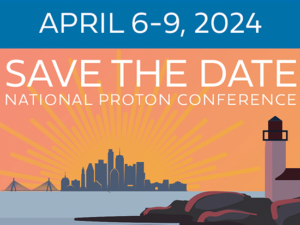NAPT supports and encourages cooperative research and innovation to advance the appropriate and cost-effective utilization of proton therapy.
Compared with photon therapy, proton therapy can deliver less toxic treatments, which allows for more aggressive treatments and higher cure rates in some cancers. In other types of cancers, proton therapy reduces costly hospitalizations and long-term side effects compared with photon therapy. Less toxicity to healthy tissues is simply better for patients in the short and long term. There are over 900 published peer reviewed journal articles and numerous active clinical trials evaluating the benefits of proton therapy. The following is a small sample of recent research supporting the value of proton therapy.



